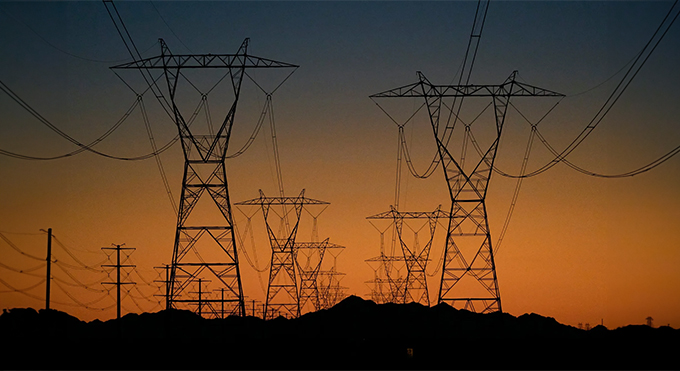Zimbabwe has unveiled ambitious plans to achieve universal access to electricity and clean energy by the year 2030, requiring the mobilisation of an estimated US$16.8 billion. This significant financial undertaking was presented by the Minister of Energy and Power Development, July Moyo, at the World Bank Spring Meetings held in Washington DC, United States of America. The Minister outlined Zimbabwe’s National Energy Compact, a strategic blueprint designed to eradicate energy poverty, attract substantial investment, and enhance the nation’s resilience to climate change.
The government’s strategy involves a multi-pronged approach, encompassing various measures intended to accelerate the provision of electricity and clean cooking solutions to all citizens. Key among these is the implementation of cost-reflective tariffs, aimed at ensuring the financial viability and creditworthiness of the national power utility, thereby bolstering its capacity to procure power from independent developers. Furthermore, a nationwide program for the installation of smart and prepaid meters is underway to achieve 100% revenue collection efficiency. Regulatory reforms are also being introduced to facilitate third-party access to the national grid on a non-discriminatory basis, enabling private sector project developers to directly supply power to their chosen customers.
To realise its ambitious energy goals, the government has set specific targets, including achieving complete household electricity access by 2030. This will be accomplished through a combination of expanding the national grid, developing mini-grids in underserved areas, and deploying standalone solar power systems. The projected US$16.8 billion investment is expected to be sourced from various avenues, with a significant portion of US$11.3 billion earmarked for electricity generation, of which 90% is anticipated to come from private sector participation. Grid infrastructure expansion is projected to require US$2.97 billion in public investment, while clean cooking initiatives are set to receive US$791.5 billion, primarily from private sources.
Zimbabwe’s National Energy Compact aligns with the African Union’s Mission 300 initiative, a continent-wide effort to connect 300 million people to electricity by 2030. Zimbabwe formally endorsed this initiative at the Africa Heads of State Energy Summit held in Dar es Salaam earlier this year, joining other African nations in committing to expedite energy access. Currently, Zimbabwe’s electricity generation averages around 1,400 megawatts, falling short of its peak demand of 1,900 megawatts, resulting in a persistent 500-megawatt deficit that constrains economic activity. While urban areas boast an 87% electricity access rate, rural electrification significantly lags at just 27%, leaving over 600,000 households without power. The country’s energy mix currently comprises 43% renewables and 57% thermal generation, with hydroelectric power increasingly susceptible to the impacts of climate change.
In response to these challenges, the government is undertaking a comprehensive reform agenda to modernise the energy sector and attract long-term private capital. This includes reviewing the National Energy Policy, launching a National Energy Efficiency Policy, and restructuring state-owned utilities to enhance operational efficiency. Additionally, a government-backed project support framework is being established to mitigate risks associated with energy investments and attract long-term capital. The government has highlighted the significant investment opportunities available in Zimbabwe’s energy sector, spanning large-scale solar, wind, hydro, biomass, and waste-to-energy projects, as well as regional power trade, infrastructure rehabilitation, and local manufacturing.

